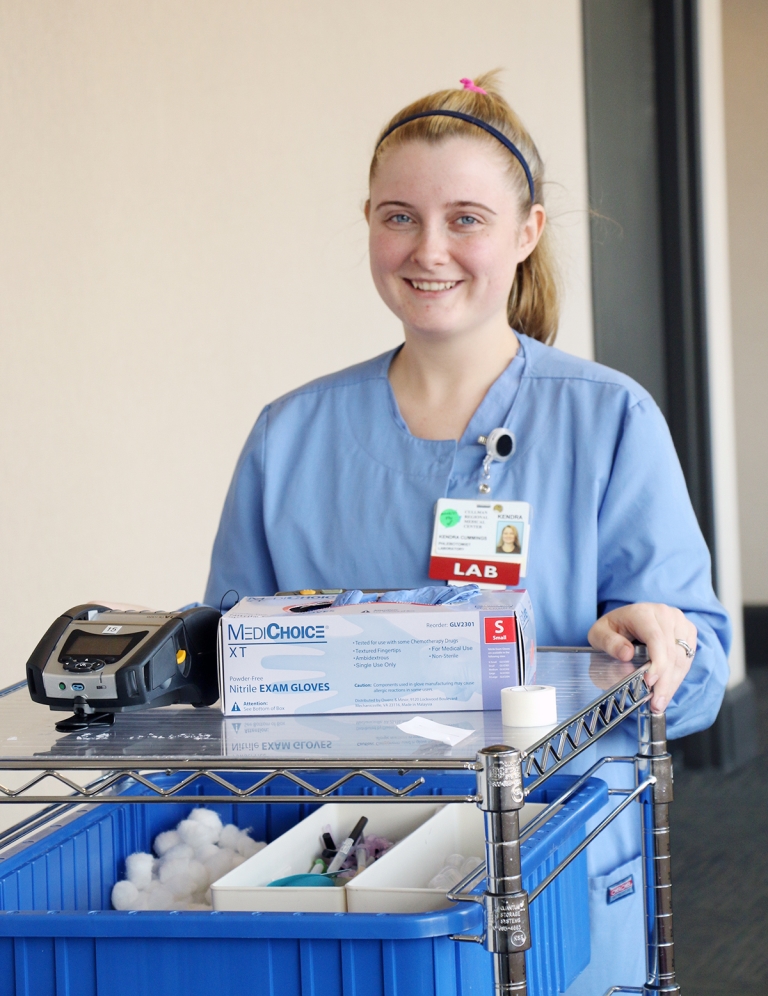**Title: How To Get A Phlebotomist Certification: A Step-By-Step Guide**
**Introduction:**
Becoming a certified phlebotomist can open up a world of opportunities in the healthcare field. Phlebotomists play a crucial role in the medical field by drawing blood from patients for various medical tests and procedures. If you are interested in pursuing a career in phlebotomy, getting certified is a necessary step to demonstrate your competency and ensure that you are well-equipped to perform the required duties.
In this comprehensive guide, we will walk you through the steps you need to take to obtain your phlebotomist certification. From choosing the right training program to passing the certification exam, we’ve got you covered.
**Step 1: Education and Training**
The first step towards becoming a certified phlebotomist is to complete a training program that is approved by the National Accrediting Agency for Clinical Laboratory Sciences (NAACLS) or the Commission on Accreditation of Allied Health Education Programs (CAAHEP). These programs typically include both classroom instruction and hands-on training in clinical settings.
During your training, you will learn about the anatomy and physiology of the circulatory system, medical terminology, infection control procedures, and proper blood collection techniques. You will also have the opportunity to practice your skills under the supervision of experienced phlebotomists.
**Step 2: Clinical Experience**
In addition to completing a formal training program, most certification agencies require candidates to have a certain number of hours of clinical experience. This hands-on experience is crucial for developing the necessary skills and confidence to perform phlebotomy procedures independently.
You can gain clinical experience by completing an internship or externship at a healthcare facility, such as a hospital, clinic, or blood bank. This will give you the opportunity to work with real patients and practice your blood-drawing techniques under the guidance of experienced professionals.
**Step 3: Certification Exam**
Once you have completed your education and training requirements, you will need to pass a certification exam to become a certified phlebotomist. The most widely recognized certification exams for phlebotomy are offered by organizations such as the American Society for Clinical Pathology (ASCP), the National Healthcareer Association (NHA), and the National Center for Competency Testing (NCCT).
The certification exam typically covers topics such as anatomy and physiology, specimen collection procedures, infection control, and patient safety. Passing the exam demonstrates that you have the knowledge and skills necessary to perform phlebotomy procedures safely and accurately.
**Step 4: Continuing Education**
After obtaining your phlebotomist certification, it is important to stay current with developments in the field and continue learning new skills. Many certification agencies require certified phlebotomists to complete a certain number of continuing education credits every year to maintain their certification.
Continuing education opportunities may include workshops, seminars, online courses, and conferences. By staying up-to-date with the latest trends and practices in phlebotomy, you can ensure that you are providing the best possible care to your patients and advancing your career.
**Conclusion:**
Obtaining a phlebotomist certification is a rewarding and fulfilling accomplishment that can pave the way for a successful career in the healthcare field. By following the steps outlined in this guide, you can set yourself up for success and position yourself as a skilled and knowledgeable phlebotomist.
Remember, getting certified is just the beginning of your journey as a phlebotomist. Continuing education, staying current with best practices, and striving for excellence in your work will help you stand out in the field and make a positive impact on the lives of your patients. Good luck on your path to becoming a certified phlebotomist!
